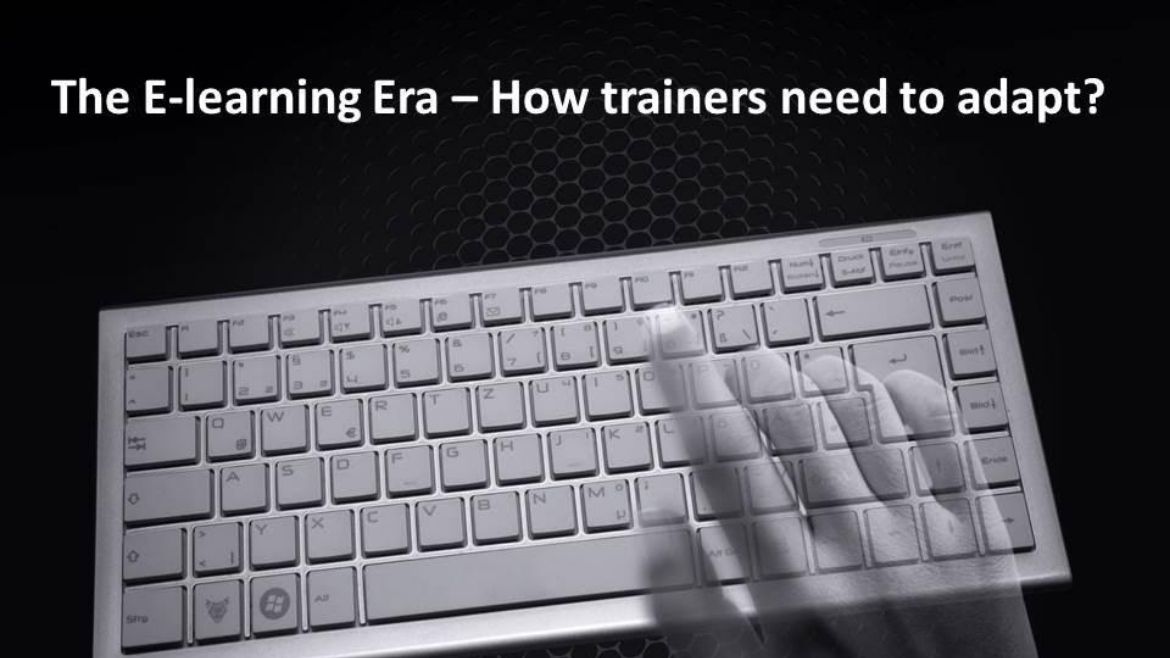
How trainers need to adapt to change?
In the year 2005, I joined as a “trainer” in a leading organization in the BFSI sector. At that time there were more than 450 full-time trainers working with this organization.
Today the same organization employs only 50 full-time trainers.
It makes us wonder what contributed to such a dramatic decrease in the number of trainers hired by this organization.
Did this happen because all the employees of the organization got trained? Or the organization did not see any value in training its employees?
Well, none of the above two is correct.
The reason why this organization reduced its trainer’s strength is because today they conduct 70% of their training’s through E-learning & hence do not require many trainers.
This takes us to a very important question, i.e. how trainers need to adapt themselves in the era of e-learning?
Here are a few action points for “trainers” which will assist them in transitioning effortlessly into an e-earning environment in their organization.
- Educate – Try learning as much as you can about e-learning & related technology. Attend seminars/events; enroll into related courses, read regularly etc.
- Position yourself as an SME – The effectiveness of the e-learning system depends entirely on the quality of the content. Note that you are the subject matter expert (SME). Make your superiors realize this & play the role.
- Add value – The knowledge gained from any e-learning system needs to be reinforced. ILT is one way of reinforcing this learning. Contribute to this “blended learning approach” by creating additional ILT content.
- Leverage your relationship – You understand the “learners” more than what technology does. Leverage this strength by promoting & increasing the acceptability of e-learning system among the learners.
- A Paradigm shift in thinking – It’s time to change your belief system, which is founded on the assumption that “face to face” training is the most effective method of training. Times have changed; accept that there are other ways that can be as effective as “face to face” training.
- Ask for more clarity – Sit down with your superiors to understand how they envisage your role within the e-learning environment. Prepare yourself for this role.
- Adapt to change – Don’t see E-learning as threat to your job instead welcome this transition & see it as an opportunity for your growth & development.
With the hope that the tips provided above will help you succeed in your professional & personal life. All the best!
